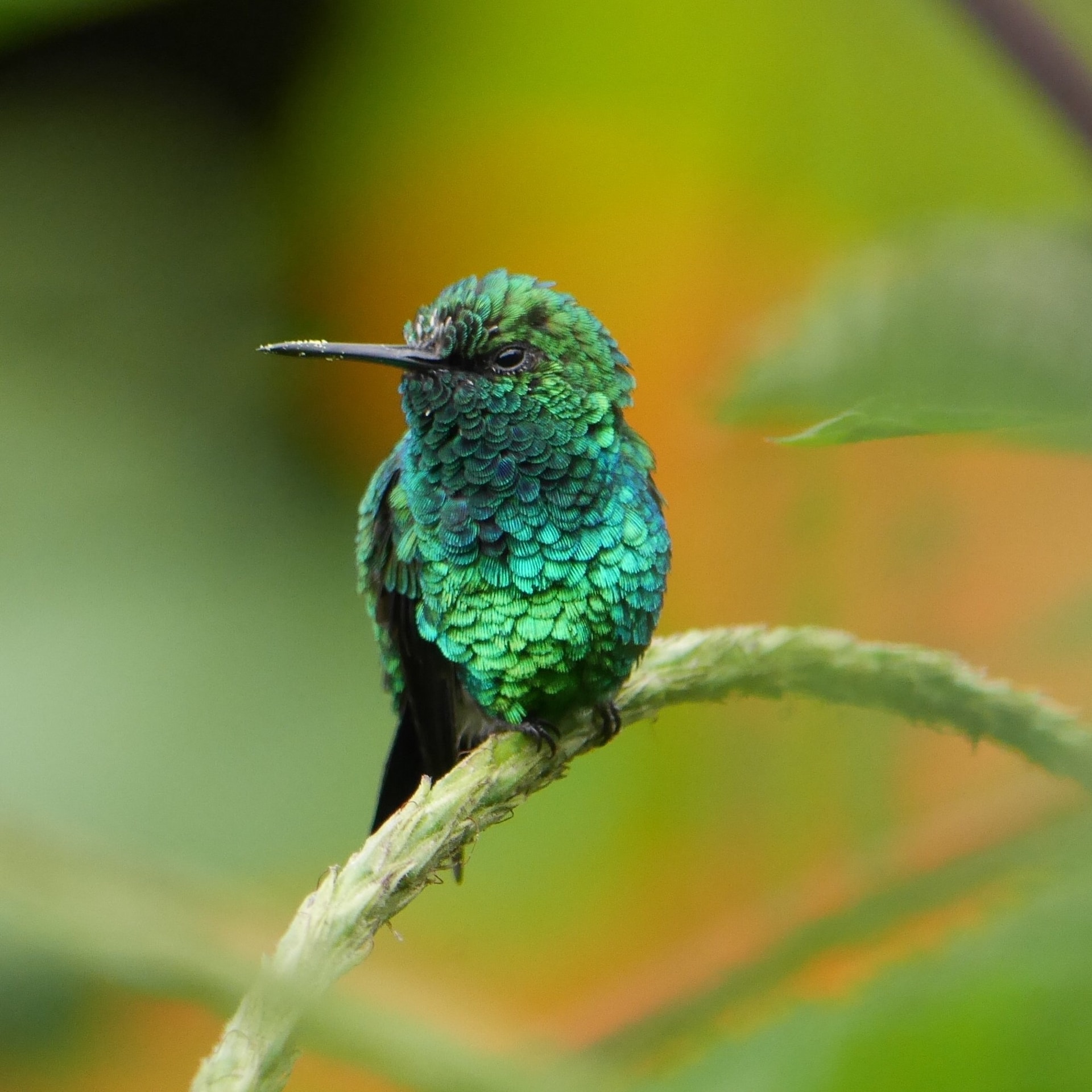Choosing the Right Plants
Choosing the right plants is paramount to attract hummingbirds to your oasis. Research has shown that hummingbirds are drawn to native plants with nectaries that produce abundant nectar, offering the energy they need. According to a helpful guide on hummingbird-attracting plants, diversity in plant types also plays a significant role in attracting these dazzling flyers. The diversity in plant types ensures that there are different types of flowers blooming throughout the different seasons, which provides a regular food source.
When it comes to specific flower attributes, hummingbirds are attracted primarily to the color, shape, and nectar value of the flower. These garden visitors have a preference for tubular and brightly colored flowers. These attributes make the flowers more visually appealing to hummingbirds in search of their nourishment.
Given these preferences, certain plant species such as bee balm, cardinal flower, and columbine are particularly attractive to hummingbirds. These flowers not only meet the color and shape preference of hummingbirds but also offer a high nectar value. These plant species offer you a winning strategy in your mission to attract hummingbirds to your garden.
Creating a Water Feature
Beyond nectar, water plays a critical role in attracting hummingbirds. A water feature can serve multiple purposes for these birds, including drinking, bathing, and cooling off on hot days. Whether it be a small bird bath, a bubbling fountain or a misting system, water features can draw in hummingbirds to your garden.
However, to ensure the health of your visiting hummingbirds, it’s important to maintain cleanliness in your water feature. Stagnant water can attract mosquitoes and cause diseases. Regularly changing the water or installing a water movement feature such as a wiggler or aerator can help avoid this issue.
There are many examples of home-made or commercially available water features for you to consider—birdbaths, hanging water misters, or even a simple dripping faucet. The key here is to consider the preferences of the hummingbirds and the setup of your garden in deciding the most suitable water feature.
Placing Hummingbird Feeders
Hummingbird feeders can also play a critical role in attracting hummingbirds to your garden. The right feeder, filled with homemade nectar similar to the sugary fluid found in flowers, can act as an additional food source for these nectar-eating birds, particularly during times when fewer flowers may be in bloom.
The proper placement and the number of feeders can make a difference too. It’s advisable to hang feeders in partly shaded areas to prevent the sugar water from fermenting. Keep in mind, hummingbirds can be territorial. Thus, if you are trying to attract more than one, you might want to place multiple feeders out of sight from each other.
The ideal feeding solution consists of four parts water to one part granulated white sugar boiled together. Avoid using honey, artificial sweeteners, or food dyes, as they can be harmful to hummingbirds.
Providing Nesting Materials and Sites
Providing nesting materials and sites is another vital strategy in attracting hummingbirds. Hummingbirds typically prefer nesting in sheltered locations with a commanding view of the surrounding. These locations offer them a sense of security, safe from predators.
You can provide nesting materials by allowing native plants in your garden to grow naturally. Such landscapes offer a mix of twiggy shrubs, flowering plants, and trees that can serve as potential nesting sites and sources of material. Moreover, landscaping techniques like layering or tiering can provide a diverse structure that hummingbirds fancy for nesting.
Landscapes that contain a mix of tall trees, shrubs, and ground covers are perfect examples of potential nesting sites within a garden. Providing a variety of plant heights and structures can provide the delicate balance of shelter and exposure that hummingbirds prefer.
The Threat of Greenwashing
While you are working to create an ideal hummingbird oasis, it’s also essential to be aware of potential threats like greenwashing. Greenwashing is essentially when a company deceptively promotes itself or its products as environmental-friendly when they are really not, with potential negative impacts on wildlife.
The garden industry is no exception to this deceptive practice. It’s essential to differentiate truly eco-friendly products from those that are not. A worthwhile read on understanding the risks and for identifying greenwashing in garden products can be found on this detailed article from The Conversation.
To ensure that your garden is both hummingbird-friendly and genuinely sustainable, it’s best to rely on trusted sources for your gardening needs. “Hummingbird Plants of the Southwest” by Marcy Scott, available on Amazon, can serve as a reliable resource on selecting hummingbird-friendly plants.

